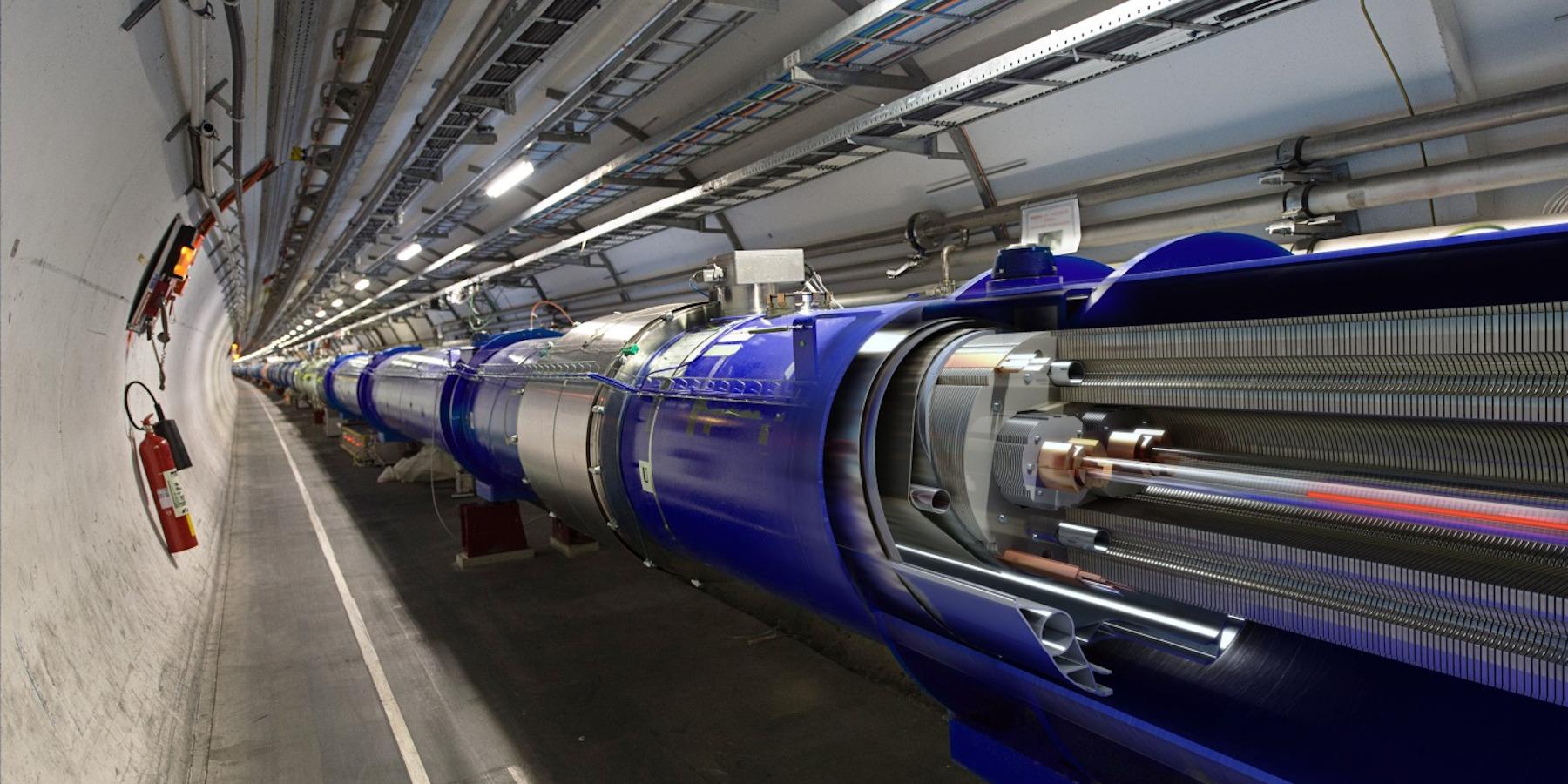IMB-CNM researcher Giulio Pellegrini gets elected as the Collaboration Board Chair of a new international CERN collaboration
The newly established collaboration pursues developments in the field of solid-state radiation detectors. The initiative brings together over 130 institutes worldwide and comprises 900 physicists.

3D cut of the LHC dipole. © 2014 CERN. Dominguez, Daniel: CERN
Doctor Giulio Pellegrini, a scientific researcher at the Institute of Microelectronics of Barcelona (IMB-CNM-CSIC), has been elected as the Collaboration Board (CB) Chair of the newly established DRD3 Collaboration at CERN, the European laboratory for particle physics, which brings together over 130 research centers worldwide and comprises 900 physicists.
The DRD3 Collaboration aims to pursue developments defined in the European Strategy for Particle Physics in the field of solid-state radiation detectors, in which Pellegrini also participated. These will be essential for manufacturing future detectors for high-energy physics experiments at CERN or other accelerators around the world.
Work over the past half-century, focusing operations on the Swiss CERN accelerator, has brought significant benefits to society in the form of magnetic resonances, positron emission tomography, RD X-ray imaging, and the development of the Internet. These advances have enabled notable progress in the fields of biomedicine and new technologies. Now, the new DRD3 Collaboration inherits the legacy of the latest research and outlines a path forward focused on exploring the properties of radiation detectors in hostile environments and exploring their uses in other fields such as medicine, fusion reactors, or space.
Pellegrini, head of the Radiation Detectors Group at IMB-CNM-CSIC, is a longimte collaborator of CERN along with the research group, which started working with the accelerator back in 1998. In 2014, it participated in a new sub-detector incorporated into the ATLAS experiment, with the development of sensors in the CSIC’s Micro and Nanofabrication Clean Room. Currently, it is also collaborating on updates to the LHCb (Large Hadron Collider beauty experiment), one of the six detectors located at CERN.





